Collection |
Collections
Filters
-
Collection Type
-
-
Collection |
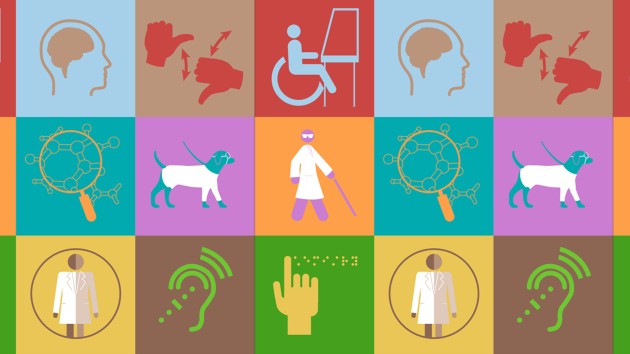 Disability inclusion in chemistry
Disability inclusion in chemistry
A collection to highlight an all-too-often overlooked aspect of DEI in chemistry: disability.
Image: Carl Conway -
Collection |
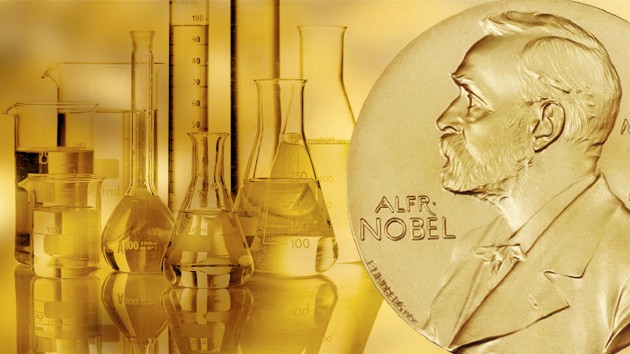 Nobel Prize in Chemistry 2023
Nobel Prize in Chemistry 2023
The 2023 Nobel Prize in chemistry has been awarded to Moungi G. Bawendi, Louis E. Brus and Alexei I. Ekimov for the discovery and synthesis of quantum dots.
Image: Springer Nature/The Nobel Foundation/Imagesource -
Collection |
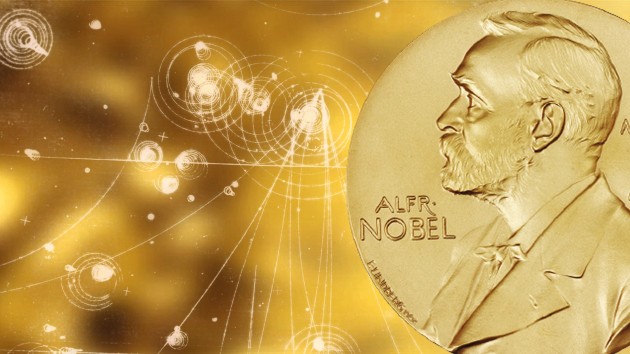 Nobel Prize in Physics 2023
Nobel Prize in Physics 2023
The Nobel Prize in Physics 2023 has been awarded to Pierre Agostini, Ferenc Krausz and Anne L’Huillier “for experimental methods that generate attosecond pulses of light for the study of electron dynamics in matter“.
Image: Springer Nature/The Nobel Foundation/Imagesource -
Series |
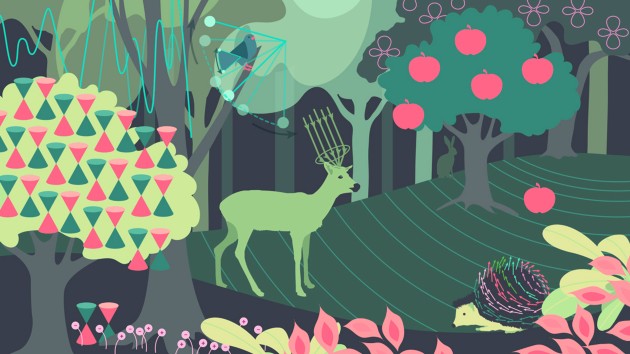 Physics and sustainability
Physics and sustainability
Physics research comes with an environmental cost. It can also have many benefits.
Image: Susanne Harris, Springer Nature Limited -
Collection |
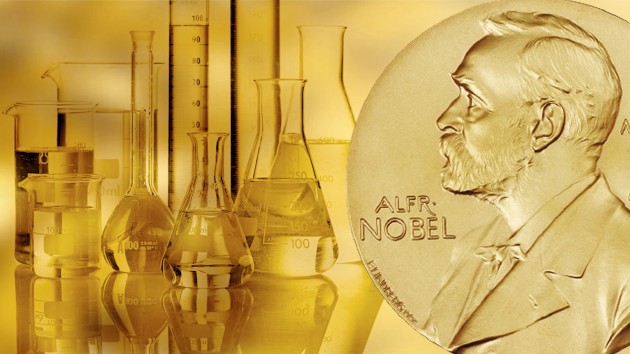 Nobel Prize in Chemistry 2022
Nobel Prize in Chemistry 2022
The 2022 Nobel Prize in Chemistry has been awarded to Carolyn R. Bertozzi, Morten Meldal and K. Barry Sharpless for the development of click chemistry and bioorthogonal chemistry.
Image: Springer Nature/The Nobel Foundation/Imagesource -
Collection |
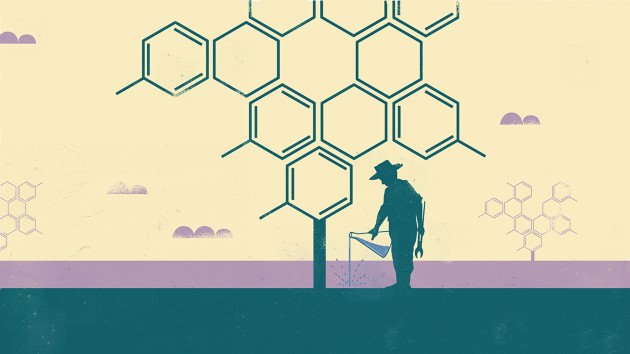 Sustainable Chemistry
Sustainable Chemistry
Sustainable chemistry aims to improve the efficiency with which natural resources are used for chemical products.
Image: Design: Alex Whitworth -
Collection |
 Nobel Prize in Chemistry 2021
Nobel Prize in Chemistry 2021
The 2021 Nobel Prize in Chemistry has been awarded to Benjamin List and David MacMillan for the development of asymmetric organocatalysis.
Image: Springer Nature/The Nobel Foundation/Imagesource -
Collection |
 Celebrating 15 Years of Covalent Organic Frameworks
Celebrating 15 Years of Covalent Organic Frameworks
This collection celebrates 15 years of research on covalent organic frameworks and highlights some of the contributions that were published in journals of the Nature Research portfolio. We hope you enjoy exploring these snippets on the synthesis and structure of COFs, their physical properties, and their application in fields encompassing energy, catalysis, storage and separation.
Image: 10.1038/s42004-020-0278-1 -
Collection |
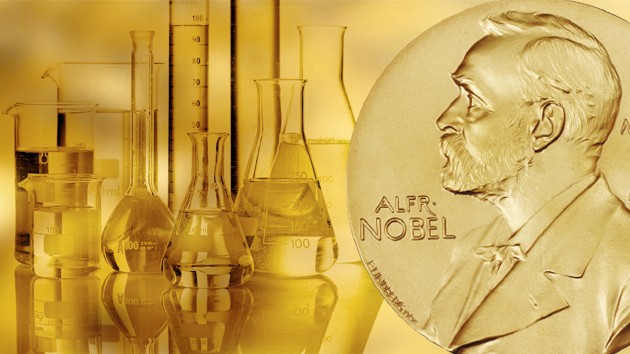 Nobel Prize in Chemistry 2020
Nobel Prize in Chemistry 2020
The 2020 Nobel Prize in Chemistry has been awarded to Emmanuelle Charpentier and Jennifer Doudna for their pioneering work in gene-editing.
Image: Springer Nature/The Nobel Foundation/Imagesource -
Collection |
 Nobel Prize in Chemistry 2019
Nobel Prize in Chemistry 2019
The 2019 Nobel Prize in Chemistry has been awarded to John Goodenough, M. Stanley Whittingham and Akira Yoshino for the development of lithium-ion batteries.
Image: Springer Nature/The Nobel Foundation/Imagesource -
Collection |
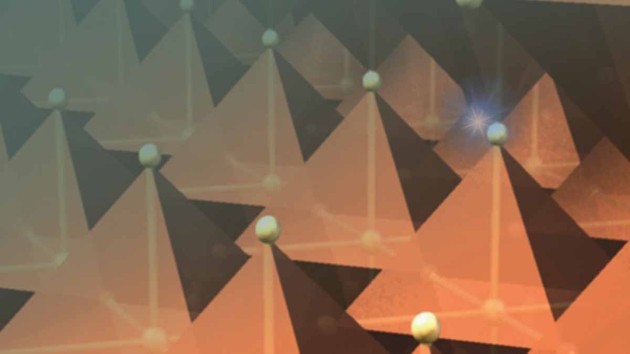 Perovskites for Optoelectronics
Perovskites for Optoelectronics
Perovskite materials have become very promising candidates for a new generation of potentially printable and efficient optoelectronic devices. Photovoltaic devices based on hybrid perovskites now achieve more than 20% photoconversion efficiency, and applications in solid-state lighting, photodetection and lasing are soaring. Their optoelectronic and photophysical properties are under intense scrutiny. This web-collection brings together a selection of multi-disciplinary research and comments published in the Nature journals that explores the basic properties of halide-based perovskite materials and their potential for application in optoelectronics, from solar cells to lasers. It serves to illustrate the road to easily processable and efficient devices by presenting both historical milestones and the crucial landmark studies published in the last 12 months in the Nature journals.

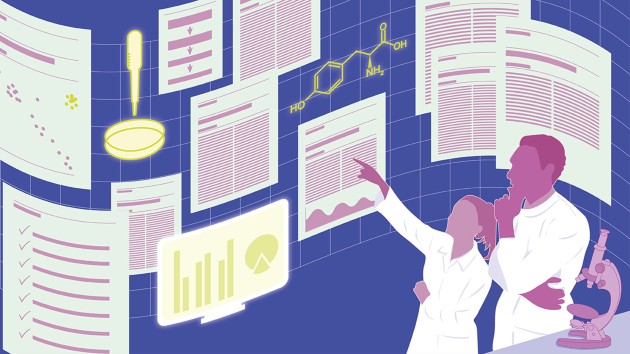 Best Practices in Method Reporting
Best Practices in Method Reporting